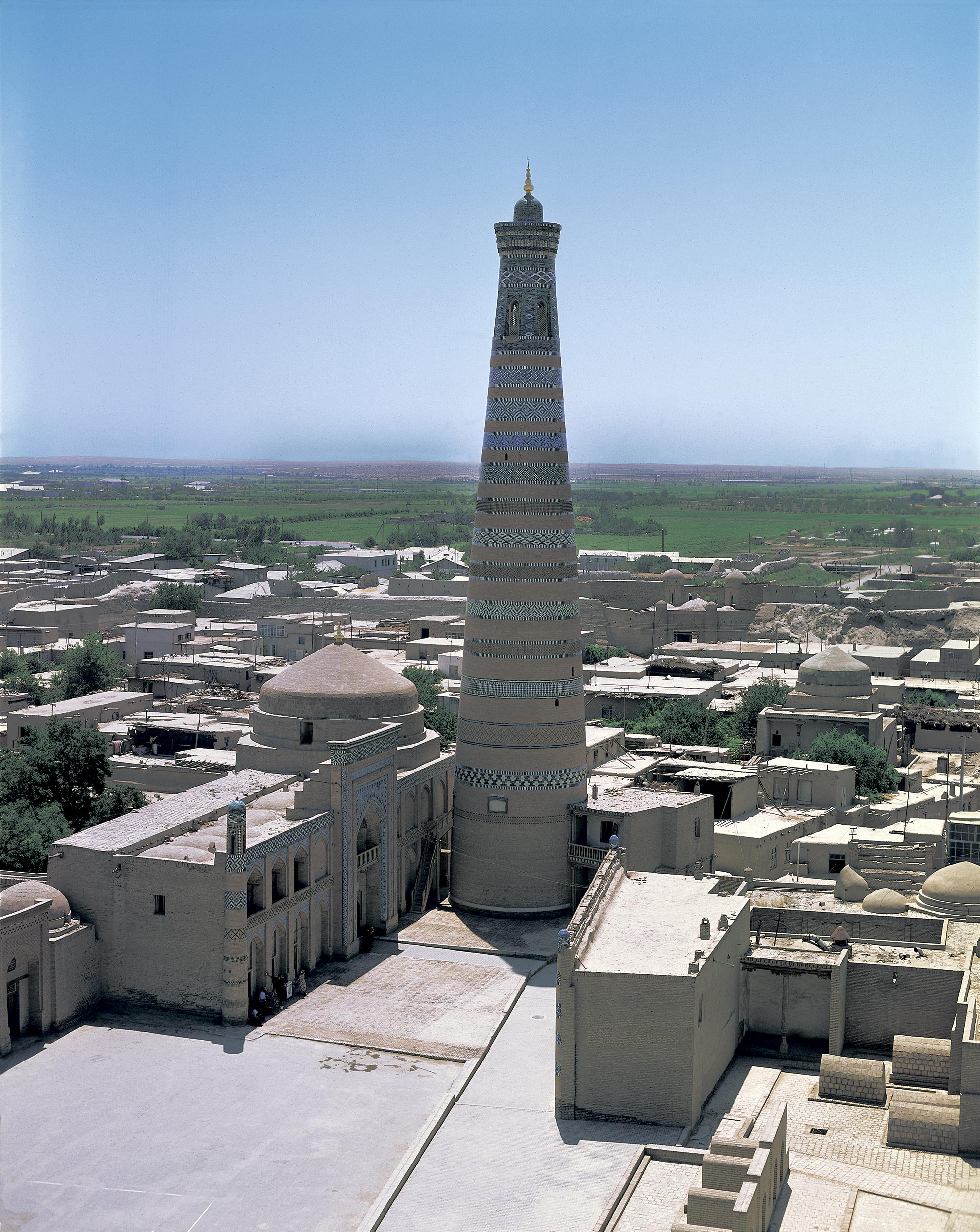Item #246 | Islam Khoja Minaret
Islam Khoja Minaret by Sergey Melnikoff, a.k.a. MFF
- Location: Khiva, Uzbekistan
- Year: 1998
- Camera: Pentax 67-II / 105mm Lens
Product Details:
- Size: 25” x 31,5” (64 × 80 cm) or Customizable
- Material: UltraHD Photo Print Under 5 mm Thick Acrylic Glass
- Special Gift: Personalized ‘Good Samaritan‘ Wall Plaque
- Shipping: Free Worldwide Shipping in a Secure Crate
- Support a Worthy Cause: By purchasing this beautiful photography, you are directly supporting the Mother Teresa International Rehabilitation Center. Your contribution aids Ukrainian children impacted by the ongoing military actions of the Russian army. Thank you for your generosity and compassion!
Each piece of MELNIKOFF artwork available in our charity shop retains its uniqueness and artistic value. Produced at our facility in Kyiv, these acrylic glass photographs offer you the opportunity to own an exquisite work of art by one of the world’s renowned photographers. Additionally, each piece serves as a historical memento created in Ukraine during the war.
$3,000.00
Available on backorder
Islam Khoja Minaret by Sergey Melnikoff
The Islam Khoja Minaret, located in the historical city of Khiva in Uzbekistan, stands as a magnificent testament to the rich Islamic architectural heritage of the region. With its soaring height, intricate design, and historical significance, the minaret captures the essence of Central Asia’s cultural and religious past.
The Islam Khoja Minaret was built in the early 20th century, specifically between 1908 and 1910, during the reign of the last Khan of Khiva, Isfandiyar Jurji Bahadur. Its construction was in memory of Islam Khoja, a revered spiritual leader and poet who played a significant role in the religious and cultural development of the region. The minaret’s construction coincided with a period of artistic and architectural revival in Khiva, as the city sought to preserve its rich heritage.
Standing at an impressive height of 57.6 meters, the Islam Khoja Minaret dominates the cityscape of Khiva. It features a unique blend of architectural styles, combining elements of Islamic and Central Asian design. The minaret is characterized by its tapering form, with a base diameter of 9.5 meters gradually narrowing towards the top. It is constructed using baked bricks and adorned with intricate geometric patterns and calligraphic inscriptions, showcasing the mastery of local craftsmen.
The minaret consists of three main sections: the base, the body, and the lantern. The base, which serves as the entrance, features a grand arch and ornate decoration. The body of the minaret is divided into several tiers, each adorned with intricately carved panels and geometric motifs. The lantern, located at the top, is crowned with a gilded crescent and star, symbolizing the Islamic faith. From this elevated vantage point, visitors can admire breathtaking panoramic views of Khiva’s old town.
The Islam Khoja Minaret holds great cultural and religious significance for the people of Khiva and the wider Islamic world. It serves as a visual representation of the city’s long-standing Islamic traditions and acts as a reminder of the spiritual heritage of the region. The minaret also bears witness to the architectural and artistic skills of the local craftsmen, who meticulously crafted the intricate details that adorn its exterior.
Moreover, the minaret is associated with the life and teachings of Islam Khoja, a respected spiritual figure revered for his contributions to Sufism and poetry. The Islam Khoja Minaret in Khiva stands as a remarkable example of Islamic architecture, reflecting the religious and cultural heritage of the region. Its towering presence, intricate design, and historical significance make it a captivating attraction for locals and tourists from around the world. As a symbol of the city’s enduring Islamic traditions, the minaret serves as a testament to the artistic brilliance and spiritual devotion of the people of Khiva. Its preservation and recognition contribute to the appreciation and understanding of the Islamic world’s architectural and cultural legacy.

